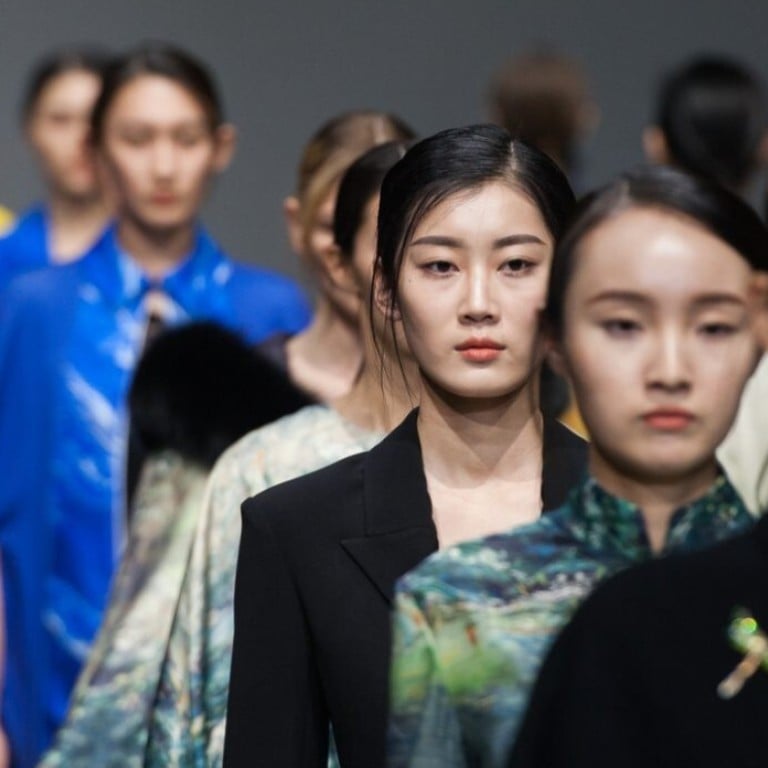How Covid-19 and e-commerce killed China’s golden age of fashion – while millennial supermodels Liu Wen and He Sui became global names, Gen Zers are forced to look closer to home

Pierre Cardin elevated modelling to national consciousness in 1979, but travel restrictions and China’s reliance on local social media platforms like Weibo and Bilibili have created a very different world for homegrown fashion models today
Fashion producer and founder of the production house Peter Xu Studio, Fengli Peter Xu has shot many high-profile fashion campaigns over the years and deals with models daily. And, having witnessed many of them come and go, his outlook is somewhat bleak in regards to the industry’s cutthroat operations.
“I am not exaggerating when I say that over 50 per cent of models will be unemployed in the future,” he said.
“We can’t just travel outside the country on a whim,” said Hu Yifu, a model from China’s LongTeng Model agency. “We often have to renew visas. Even if you can book a job abroad, if you don’t have a visa on hand, you are stuck. This situation is very restrictive.”

Due to these restrictions, Chinese models must make the most of their time abroad. Many attend at least a dozen interviews per day, which is considered normal for Chinese models in most countries – and rewards vary. Runway models make around US$235 per show. Some brand fees can be much higher: roughly between US$1,100 to US$2,400 per show.
“Whether Chinese models can increase their value in the domestic market is contingent on attending big shows abroad,” said model talent scout Wu Wenyuan. “If models do not leave the country and can’t get noticed on foreign runways, their ability to make money in China is greatly affected.”